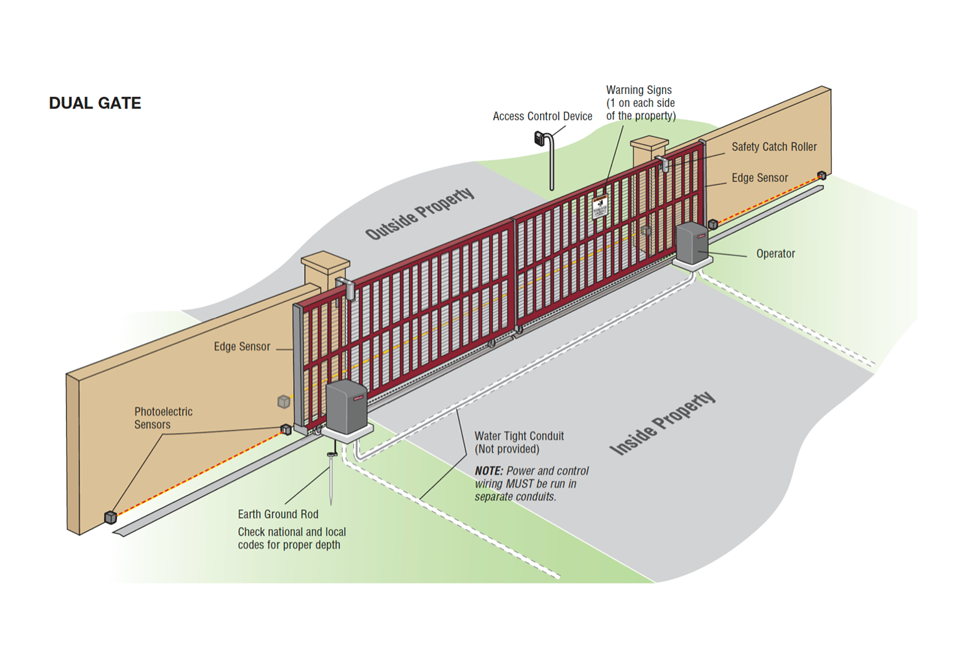Action Gate Systems LLC is family owned and operated.
We have been doing automation in the valley for over 20 years.
Before action gate systems, Patrick Whalen (owner/operator) was a sales rep for a local wholesale distribution company. He covered all of Arizona, Southern California, Nevada, and New Mexico. He also represented over 56 different manufacturers of automatic gate equipment. This allows for a wide scope of options for any automation needs. Before entering the automation industry he grew up in the restaurant & bar business. He has always understood the importance of great service.
We are looking forward to working with you.

Gate openers
service and install
Action Gate Systems LLC’s primary objective is to offer the best service possible by providing only the best equipment and up to date information to our most important assets, our customers. By building long-standing relationships, we are always striving for greatness and constantly learning.
Our Promise
Exceptional services and highest level of quality
Fair and competitive prices
Professionalism, service response and quality workmanship
Worry about environment according to latest industry standards
Safety as top priority in assuring safe work procedures
Living up to highest industry standards
Always Learning
We are constantly striving to be up to date and knowledgeable in all areas of our field.
Latest Technology
Commitment to researching the latest and best products for your unique application.
Safety & Quality
Our attention to detail during installs ensures reliable, long lasting results.
Care for Environment
Ethical and professional care for your property, landscape & our environment.

